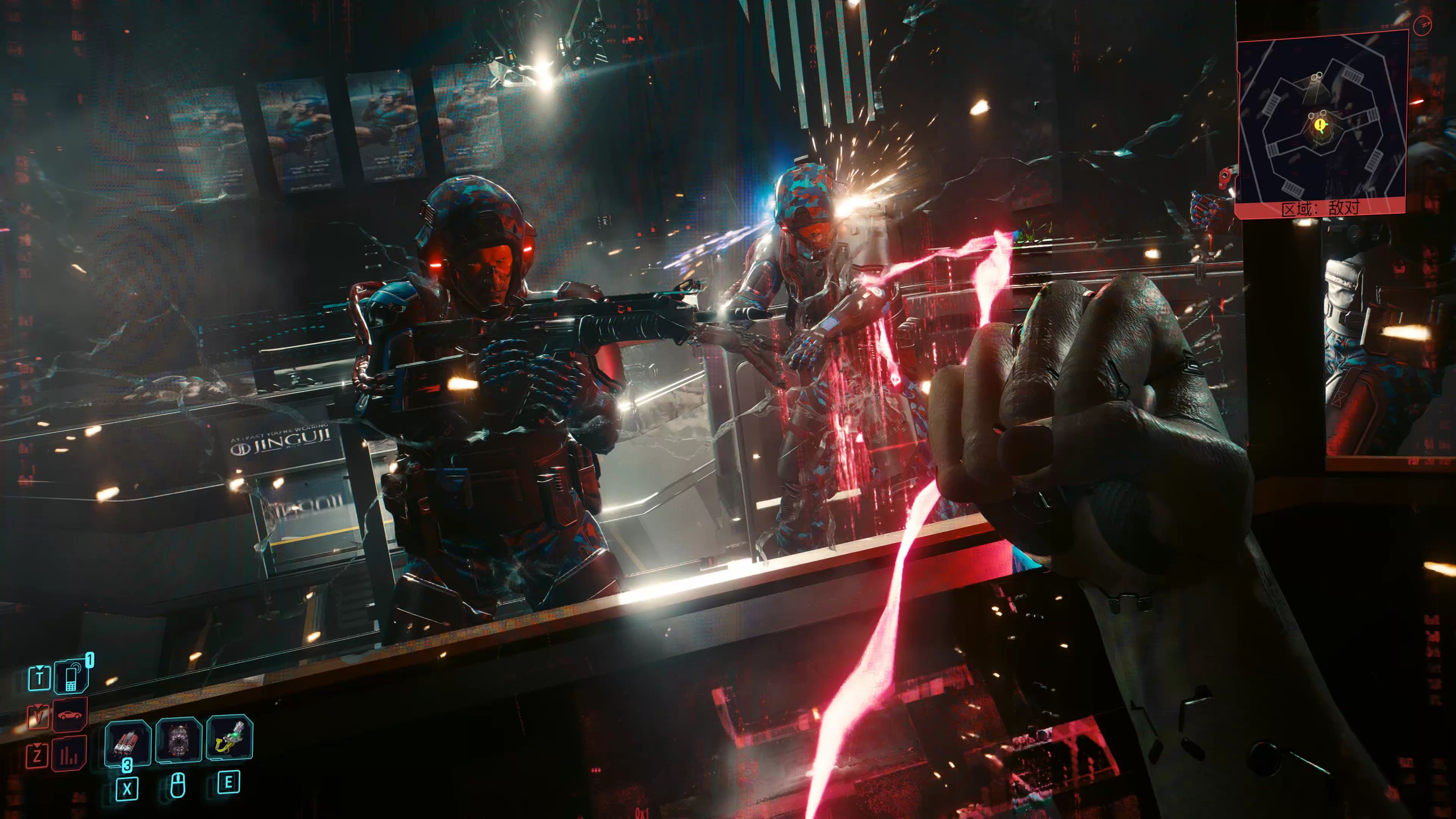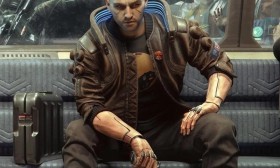A Deeper Descent: Crafting the Perfect Alternate Ending for the Dead Space Remake
The 2023 remake of Dead Space wasn't just a visual upgrade; it was a narrative re-contextualization. By making the Marker's psychic influence more pervasive and giving Isaac Clarke a voice, Motive Studio deepened the lore and amplified the horror. The game's conclusion, while faithful to the original's desperate, bleak tone, opens a fascinating door for speculation. What if the ending took a different, perhaps even more terrifying, turn? Crafting a compelling alternate ending for the Dead Space Remake isn't about a simple "happily ever after"; it's about exploring the untapped potential of its own enhanced narrative mechanics. This step-by-step guide will dissect the essential requirements for building a believable and chilling alternate finale that honors the source material while venturing into new, horrifying territory.
Step 1: Acknowledge and Subvert the Original's Core Themes
Any alternate ending must first understand what it is altering. The original ending is a masterpiece of cosmic horror. Isaac escapes the USG Ishimura, but the Necromorph threat is far from contained. He defeats the Hive Mind, but the real villain, the Marker and its influence, remains undefeated. Nicole's haunting final words, "Make us whole," signal that Isaac has lost his battle for sanity. He is a survivor, but he is broken, carrying the psychic blueprint for the apocalypse within his mind.
An effective alternate ending must subvert one or more of these core themes: the inevitability of the Convergence Event, the absolute loss of sanity, or the futility of individual action. For instance, an ending where Isaac physically contains the threat on Aegis VII but remains trapped on the planet, forever a warden over a dormant evil, subverts the "escape" theme while upholding the horror. It trades one kind of hell for another, offering a pyrrhic victory that feels earned within the Dead Space universe.
Step 2: Integrate the Remake's Unique Narrative Enhancements
This is the most critical step. The remake introduced key elements that were perfect fodder for an alternate conclusion, primarily the "Side Quest to Unlock the Past" involving Isaac's secret efforts to reconcile with Nicole. The original game had Isaac as a mostly silent protagonist; the remake gave him a past, guilt, and a driving need for closure that went beyond simple survival.
A superior alternate ending would make this side quest not just a character-building exercise, but the literal key to the finale. Imagine this: throughout the game, Isaac collects the Marker Fragments. In the original, this unlocks a secret weapon. In an alternate ending, this effort could have a narrative payoff. What if, by piecing together these physical fragments of the alien artifact, Isaac is also, unconsciously, piecing together a defense against its psychic onslaught? His struggle to rebuild a physical object mirrors his internal struggle to rebuild his shattered memories of Nicole.
This approach seamlessly integrates long-tail keywords like "Dead Space Remake Marker Fragment side quest consequences" and "Isaac Clarke's mental state alternate ending" into the very fabric of the plot. It’s not a tacked-on feature; it’s the engine of the new conclusion.
Step 3: Introduce a New, Thematically Resonant Final Challenge
The final boss, the Hive Mind, is a physical manifestation of the Necromorph plague. An alternate ending could benefit from a final challenge that is more psychological than physical. The Marker's goal is not to create monsters, but to achieve Convergence—the merging of all biomass into a new Brethren Moon. Isaac's mind is the final frontier.
The new final "boss fight" could take place within Isaac's own psyche, a twisted landscape constructed from his memories, guilt, and the Marker's illusions. Here, he wouldn't be fighting a giant monster with a Plasma Cutter; he'd be fighting the phantom of Nicole, the whispers of Dr. Mercer, and the seductive promise of being with Nicole again through Convergence. The gameplay could shift to a more puzzle-oriented, survival-horror experience where Isaac must use his recovered, "true" memories (from the side quest) to dismantle the Marker's lies one by one. This creates a deeply personal climax that answers the question of "how to defeat the Marker's influence on Isaac Clarke."
Step 4: Provide a Consequence, Not Just a Conclusion
Cosmic horror is defined by consequences that are ominous, ambiguous, or outright disastrous. A simple "Isaac wins and flies off into the sunset" would betray the franchise's soul. The alternate ending must have a cost.
Let's synthesize the previous steps into a potential ending scenario:
After a grueling psychological battle within his mind, Isaac uses the clarity gained from reconciling his true memories of Nicole to sever the Marker's direct control over him. He isn't "cured," but he has achieved a fragile armistice with the voices in his head. He then uses his engineering genius not to destroy the Marker (as it's established to be near-indestructible), but to re-purpose the Ishimura's gravity tethers and the planet crackter's machinery.
His new goal: to create a gravitational anchor, pulling the Aegis VII Marker and the largest chunks of the Necromorph-infested Ishimura down into the planet's molten core, entombing them forever. The final sequence is a frantic race against time as Isaac sets the coordinates, fighting off one last wave of Necromorphs drawn to his fading psychic signature.
He succeeds. The Marker and the Ishimura are dragged into the core. Isaac escapes on the Valor shuttle, but with a critical twist. As he looks back at the now-stabilizing planet, a faint, ghostly whisper from Nicole echoes in the cockpit: "You can't hide us forever, Isaac. We are still whole." He has contained the physical threat, but the psychic one is now a permanent passenger. The final shot is of Isaac, alone in the silence of space, his eyes reflecting not relief, but the grim acceptance of a lifelong sentence. He has become the sole guardian of a terrible secret, forever waiting for the signal to return.
This ending provides a satisfying closure to the immediate threat, leverages the remake's new story elements, and maintains the essential cosmic horror elements of the Dead Space franchise. It also opens up intriguing narrative possibilities for a sequel, exploring a more complex Isaac Clarke living with a "dormant" Marker signal.
Step 5: Ensure Gameplay and Narrative Are Inseparable

Finally, the player's actions must feel directly tied to this new outcome. The alternate ending shouldn't be a simple binary choice at the end. It should be unlocked by fulfilling specific, challenging conditions throughout the game, such as:
- Completing the "You Are Not Authorized" side quest to fully understand Nicole's fate.
- Collecting all Marker Fragments, representing Isaac's subconscious fight for control.
- Making specific, difficult choices in key moments (e.g., sparing a character under the Marker's influence instead of killing them, demonstrating a resistance to its "kill everything" directive).
This makes the alternate ending a reward for deep engagement and mastery of the game's world and mechanics. It transforms it from a "what if" scenario into a legitimate, hard-earned conclusion that feels like a natural, albeit darker, branch of the story. By following these steps, an alternate ending for the Dead Space Remake can achieve the ultimate goal: feeling like it was always a part of the terrifying tapestry of the Dead Space universe, waiting to be discovered.














